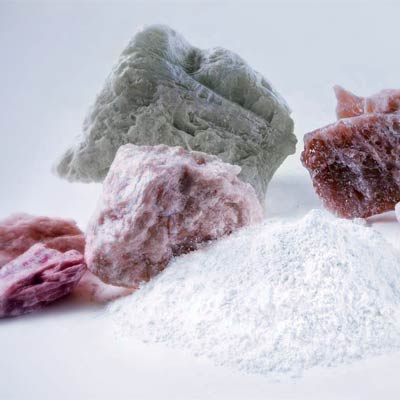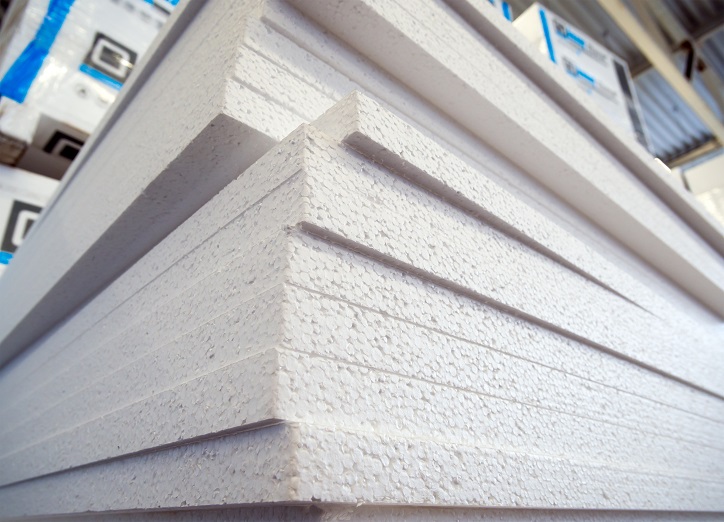Using talc in polystyrene (PS) also provides several advantages that make this composite more suitable for various applications.
Below are some of the key advantages that using talc in PS involves:
1. Improved mechanical properties: Talc is a lightweight material with a laminar structure; adding it to PS enables substantial improvement in polystyrene’s mechanical properties, such as tearing strength, shock resistance, elasticity modulus and deformational stability.
2. Improved heat resistance: talc increases PS heat resistance making it less sensitive to high temperatures and fire.
3. Reduced molding shrinkage: talc enables reducing PS shrinkage during post-molding product cooling, which helps decrease deformations and secure more accurate product sizes.
4. Improved rigidity: adding talc allows increasing PS rigidity, which is particularly useful for products that require a more rigid material.
5. Improved thermal resistance: talc improves PS thermal resistance thus enabling its use at elevated temperatures without any significant change in PS properties.
7. Improved resistance to chemical impacts: adding talc enables increased chemical resistance of PS making it less prone to damage when contacting with various aggressive chemical environments.
8. Lower crack susceptibility: talc forms barrier layers in the PS structure that enable its reduced crack susceptibility and improved durability.
However, it should be kept in mind that the expediency of using talc in PS may depend on particular requirements and applications. To achieve the desired properties of the PS-based composite, the optimum talc powder size characteristics and quantities must be selected and other process parameters should be taken into account.






